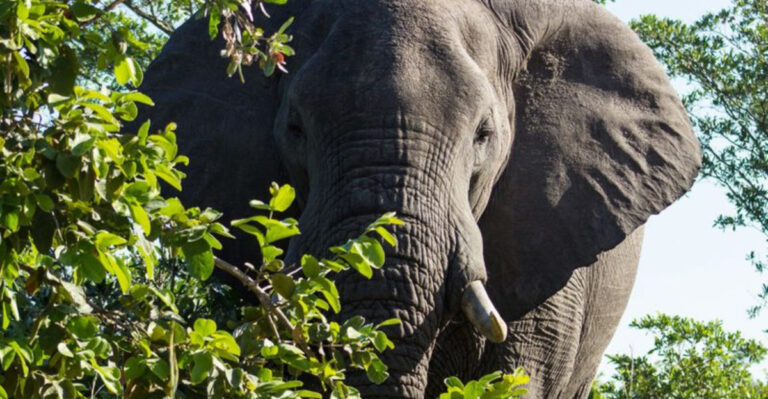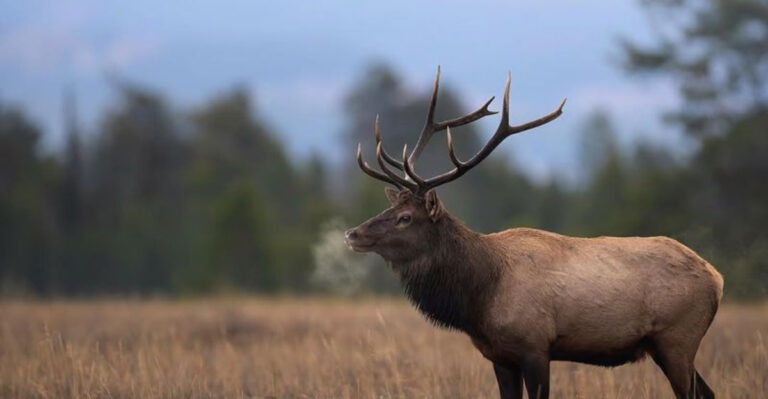17 Endangered Mammals On The Brink Of Extinction
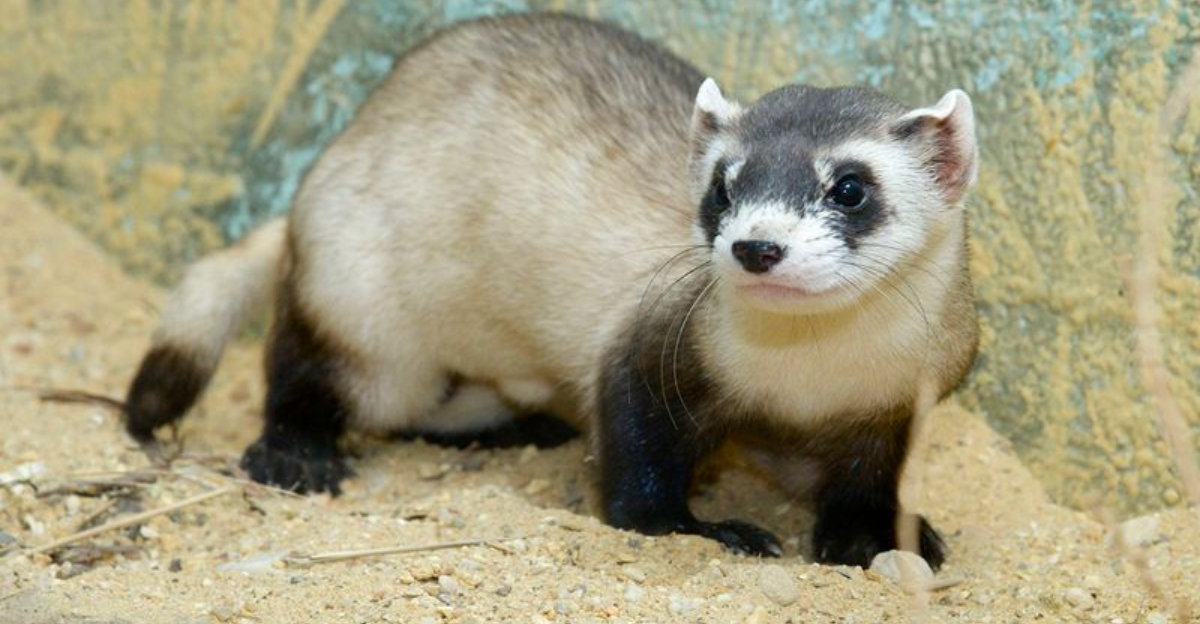
Our planet’s wildlife faces unprecedented challenges. Many magnificent mammals hover dangerously close to disappearing forever due to habitat loss, poaching, and climate change.
Learning about these endangered creatures isn’t just fascinating—it’s the first step toward protecting them and preserving Earth’s incredible biodiversity for future generations.
1. Amur Leopard
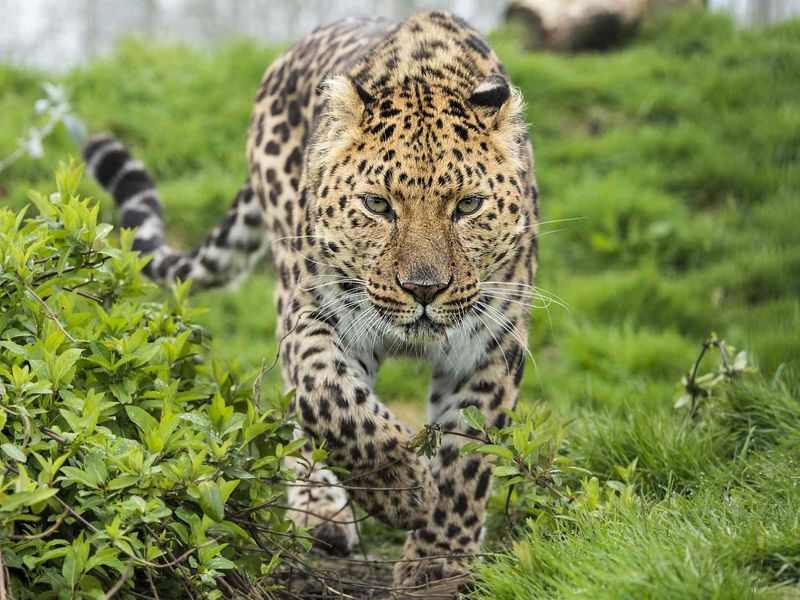
Only about 100 Amur leopards remain in the wild, making them the world’s most endangered big cat. These stunning spotted predators roam the mountainous forests along the Russia-China border.
Conservation efforts focus on expanding protected areas and fighting poaching. Camera traps help scientists track their movements, while breeding programs maintain genetic diversity for this critically endangered species.
2. Vaquita

Fewer than 10 vaquitas swim in Mexico’s Gulf of California today. These tiny porpoises, barely five feet long, are accidentally caught in gillnets meant for other fish. Conservation groups patrol waters to prevent illegal fishing, but numbers continue dropping.
The vaquita’s plight shows how quickly a species can vanish—in the 1990s, hundreds still existed. Now they’re nearly gone forever.
3. Sumatran Orangutan
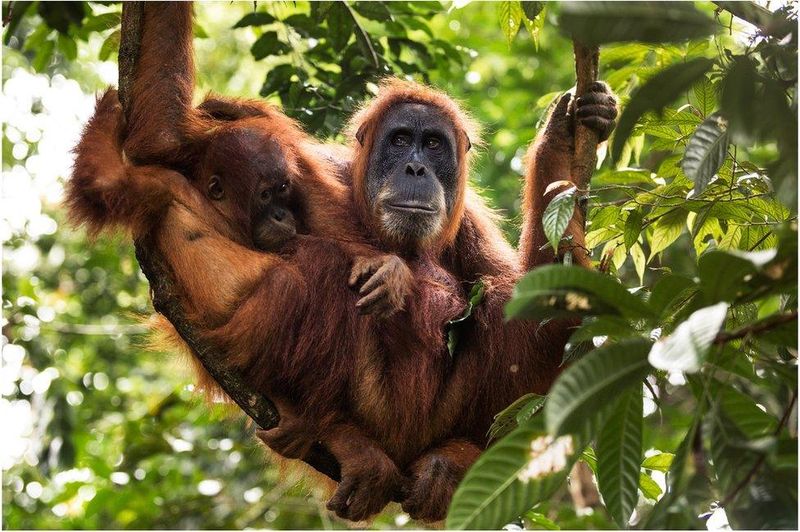
Palm oil plantations have replaced 80% of Sumatran orangutan habitat. These intelligent red-haired apes now number fewer than 14,000 in the wild.
Mothers teach babies survival skills for eight years—the longest childhood of any animal besides humans. Rescue centers rehabilitate orphaned orangutans, teaching them to climb and forage before releasing them into protected forests.
4. Mountain Gorilla
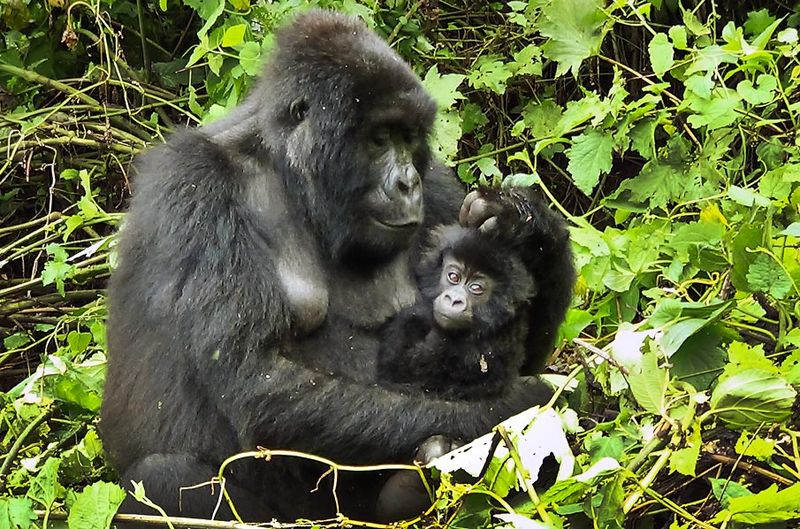
A rare conservation success story! Mountain gorilla numbers have risen from 620 to over 1,000 thanks to dedicated protection efforts. These gentle giants live in family groups led by massive silverback males. Rangers risk their lives daily to protect gorillas from poachers.
Eco-tourism provides crucial funding while allowing visitors to observe these magnificent apes in their misty mountain homes across Rwanda, Uganda, and Congo.
5. Saola
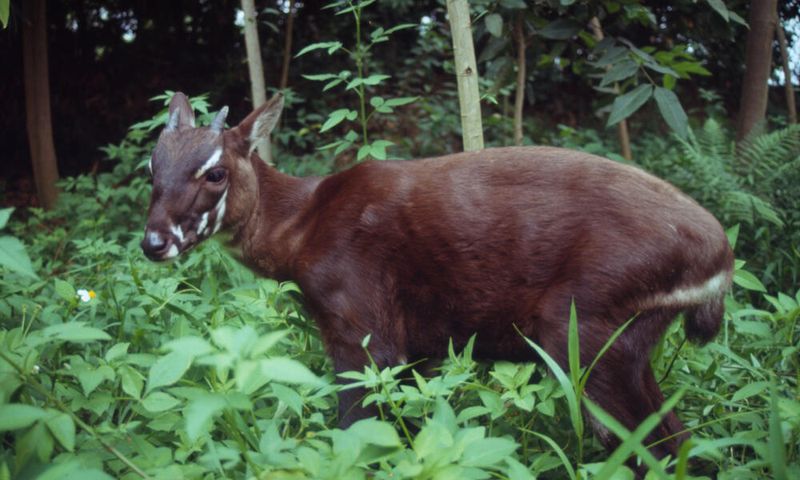
Nicknamed the “Asian unicorn,” the saola wasn’t discovered until 1992! Scientists have never seen one in the wild—they’re known only from camera traps and village sightings in Vietnam and Laos.
Their elegant horns can reach 20 inches long. Forest destruction and hunting with snares threaten these mysterious animals. No one knows exactly how many remain, making conservation incredibly challenging.
6. Black-Footed Ferret
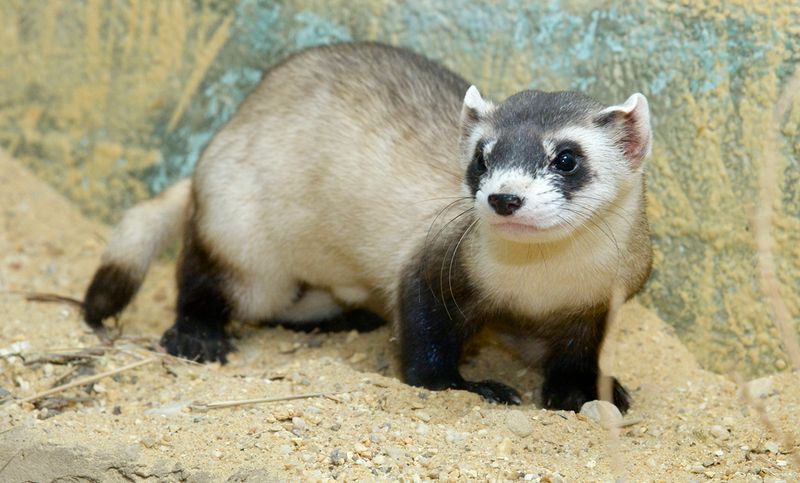
Once declared extinct, black-footed ferrets made a miraculous comeback when a ranch dog discovered a small colony in Wyoming. These masked prairie hunters depend entirely on prairie dog colonies for food and shelter.
Today, captive breeding programs have released over 4,000 ferrets back to the wild. Scientists recently cloned a ferret named Elizabeth Ann to introduce genetic diversity to the population—a groundbreaking conservation technique!
7. Javan Rhino
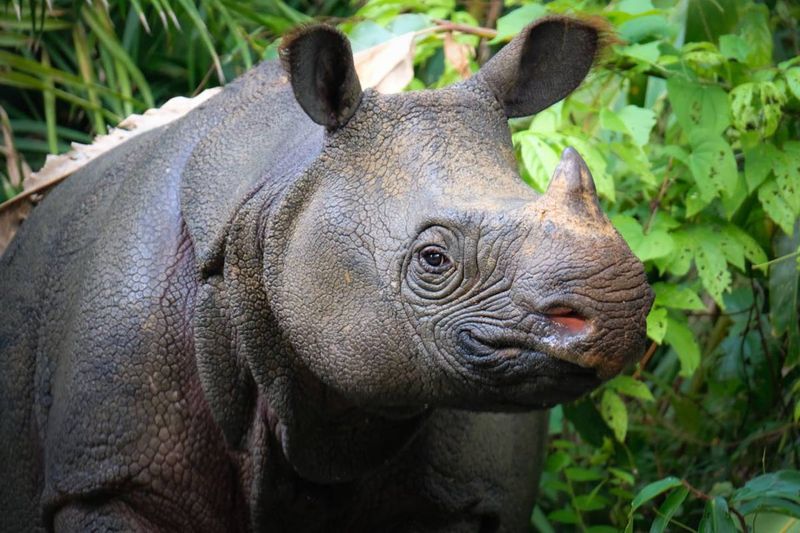
With only 74 individuals left, all living in a single national park in Indonesia, Javan rhinos walk a tightrope between survival and extinction.
Poaching for their horns drove their population to these critically low numbers. Rangers patrol Ujung Kulon National Park day and night to protect these solitary forest-dwellers. Unlike other rhinos, Javas have a single horn and folded skin that resembles armor plating.
8. Yangtze Finless Porpoise

Smiling faces belie the tragic situation of these freshwater porpoises. Fewer than 1,000 remain in China’s polluted Yangtze River, where they navigate busy shipping lanes and fishing nets.
Unlike their cousin the Baiji dolphin (declared extinct in 2006), finless porpoises might still have a chance. Conservation zones provide safe havens, while captive breeding programs maintain genetic diversity for potential reintroduction efforts.
9. African Wild Dog
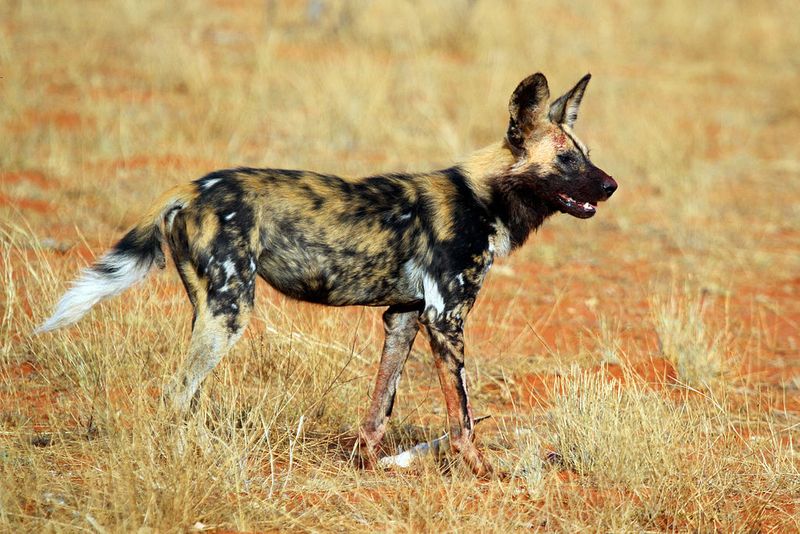
Only 6,600 painted wolves remain across fragmented African habitats. These social hunters live in tight-knit packs with unique spotted coats—no two dogs share the same pattern.
Their remarkable hunting success rate exceeds 80%, compared to lions’ 30%. Disease outbreaks from domestic dogs threaten entire packs, while habitat loss forces them into conflict with humans and livestock.
10. Northern Hairy-Nosed Wombat
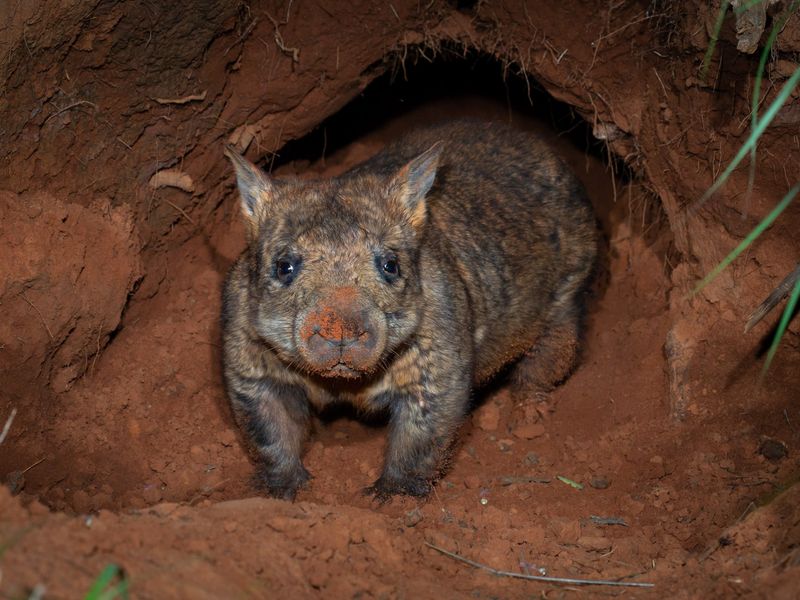
Australia’s rarest mammal once teetered on the edge with just 35 individuals left! Today, around 300 of these burrowing marsupials exist thanks to dedicated conservation efforts. Predator-proof fencing protects their Queensland habitat from dingoes.
Each wombat maintains multiple burrows with complex tunnel systems. Their teeth never stop growing—like rodents—allowing them to continuously graze tough grasses.
11. Borneo Pygmy Elephant
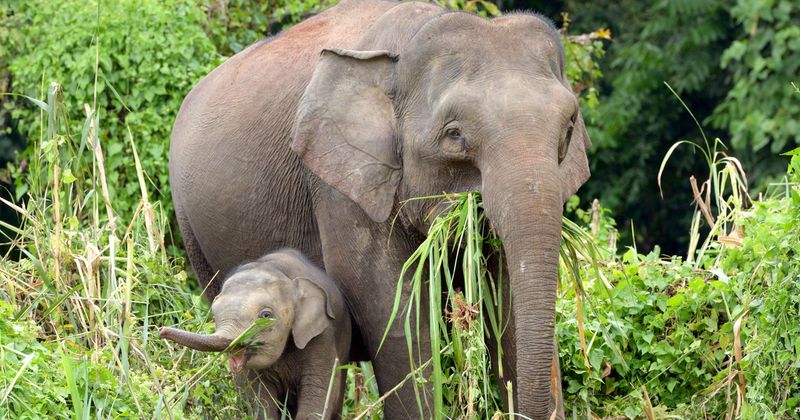
Gentler and rounder than their mainland cousins, these forest elephants face a shrinking home as palm oil plantations replace Borneo’s rainforests. Only 1,500 remain in the wild.
Their baby-faced appearance comes from proportionally larger ears, rounder heads, and longer tails. Conflicts with farmers often turn deadly when elephants raid crops. Conservation corridors now help these endangered pachyderms move safely between forest fragments.
12. Red Wolf
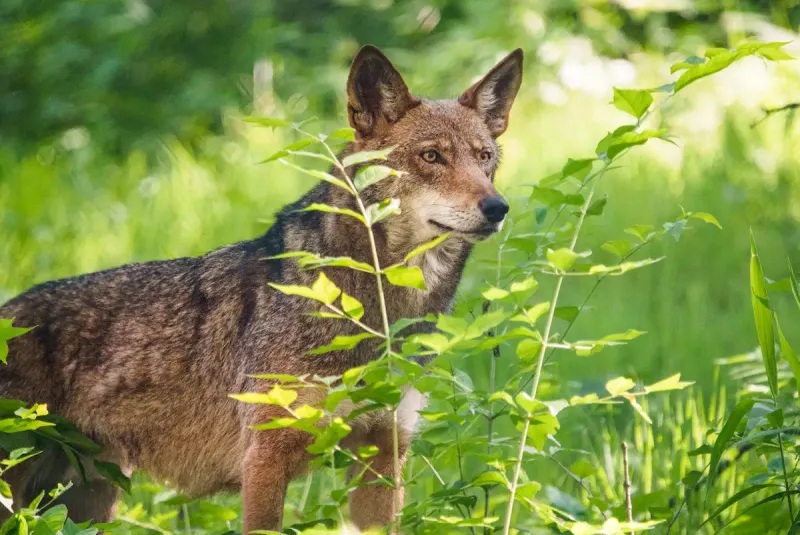
America’s most endangered wolf teeters on extinction with fewer than 20 wild individuals left in North Carolina. Once roaming throughout the southeastern United States, they were nearly wiped out through hunting and habitat loss.
Smaller than gray wolves but larger than coyotes, red wolves face a unique threat—hybridization with coyotes dilutes their gene pool. Captive breeding programs maintain about 250 genetically pure wolves for future reintroduction efforts.
13. Cross River Gorilla
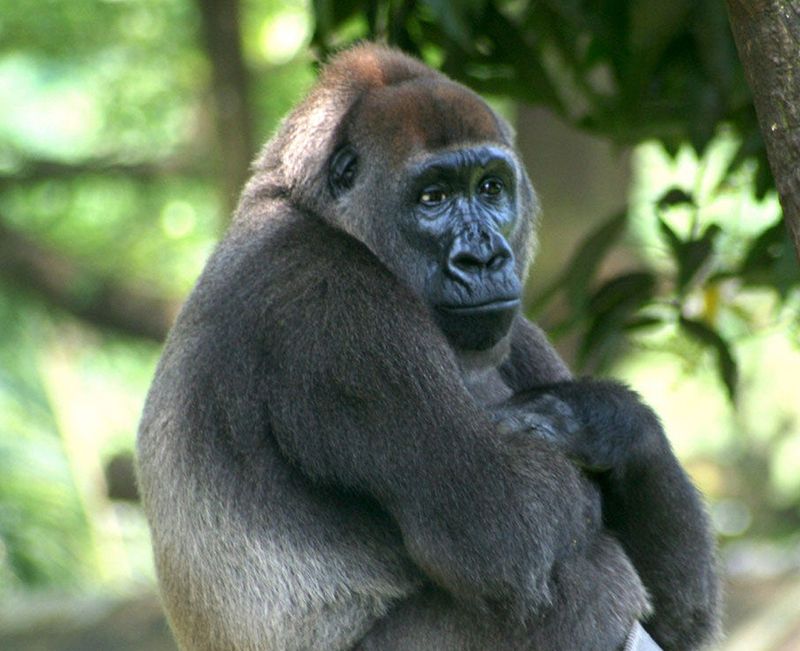
Hidden in the mountainous border region between Nigeria and Cameroon, fewer than 300 Cross River gorillas fight for survival. These shy apes avoid humans at all costs—a behavior that has helped them survive intense hunting pressure.
Genetic studies show their population has been isolated for 18,000 years! Community-based protection efforts engage local villages as guardians rather than hunters, creating a brighter future for Africa’s most endangered great ape.
14. Saiga Antelope
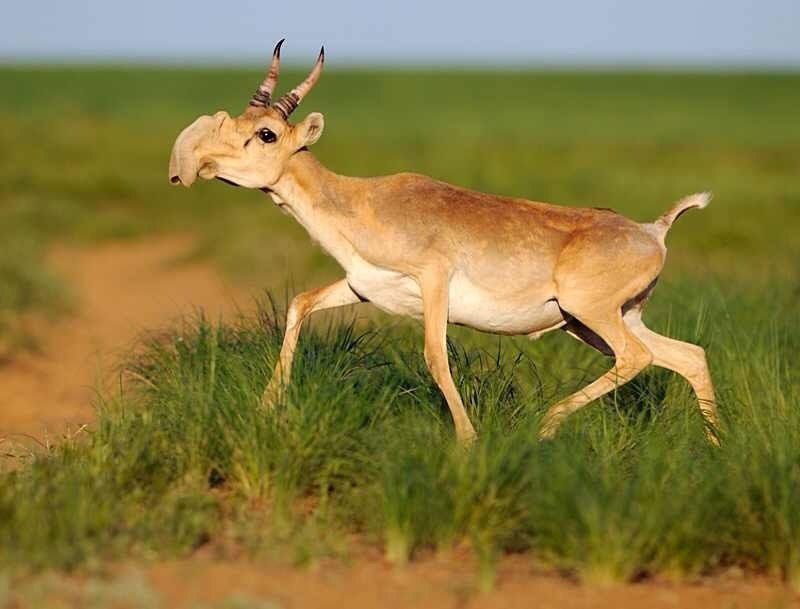
Straight from the Ice Age, saiga antelopes look otherworldly with their bulbous, trunk-like noses that filter dust and warm winter air. Once numbering millions across Central Asian steppes, they’ve suffered catastrophic population crashes.
In 2015, a mysterious disease killed 200,000 saiga—60% of the global population—in just three weeks. Today, poaching for their horns (used in traditional medicine) and habitat fragmentation continue threatening their recovery.
15. Northern Sportive Lemur
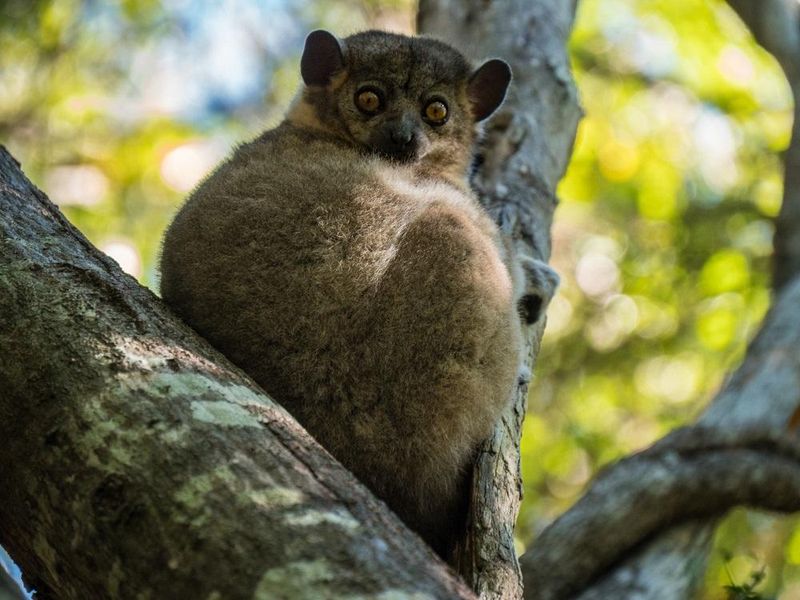
With fewer than 50 individuals left, northern sportive lemurs cling to existence in tiny forest fragments of northern Madagascar. These nocturnal primates sleep in tree hollows during the day and leap vertically between branches at night.
Their huge reflective eyes help them navigate in darkness. Slash-and-burn agriculture has destroyed most of their habitat, while hunting further reduces their numbers. Without immediate protection, they could disappear within a decade.
16. Asian Elephant
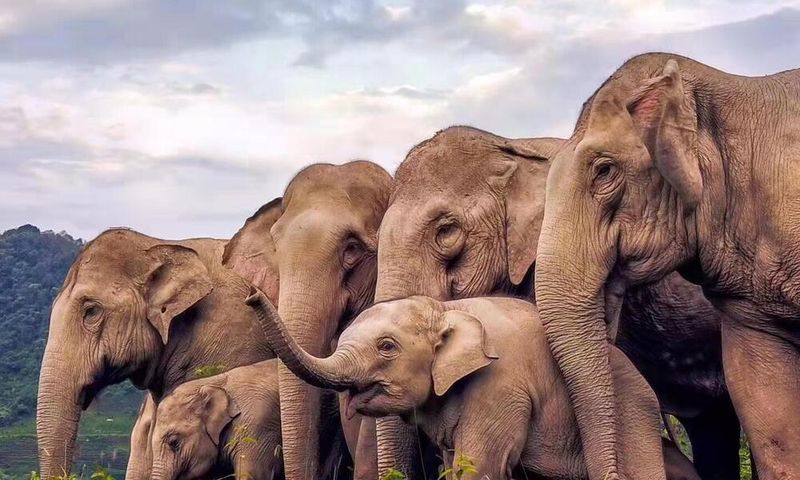
Revered in Asian cultures for thousands of years, these intelligent giants now number fewer than 50,000 across 13 countries. Smaller than their African cousins, Asian elephants have smaller ears and only males grow tusks.
Habitat fragmentation forces them into dangerous human contact. Electric fences and beehive barriers help reduce conflicts, while elephant corridors allow safe passage between isolated forest patches. Their complex social structures and tool use demonstrate remarkable intelligence.
17. Pygmy Hippopotamus
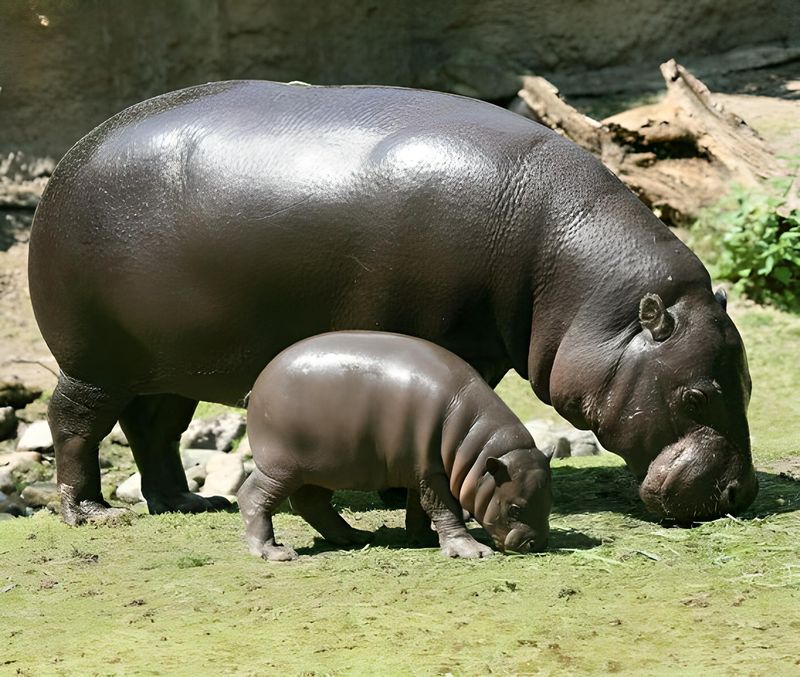
Secretive forest-dwellers of West Africa, pygmy hippos stand just 3 feet tall—a stark contrast to their massive river-dwelling relatives. Fewer than 2,500 remain in the wild, primarily in Liberia. Unlike common hippos, these solitary animals spend more time on land and prefer dense forests.
Civil unrest and bushmeat hunting threaten their survival, while logging destroys their rainforest habitat. Zoo breeding programs maintain genetic diversity for this elusive species.


